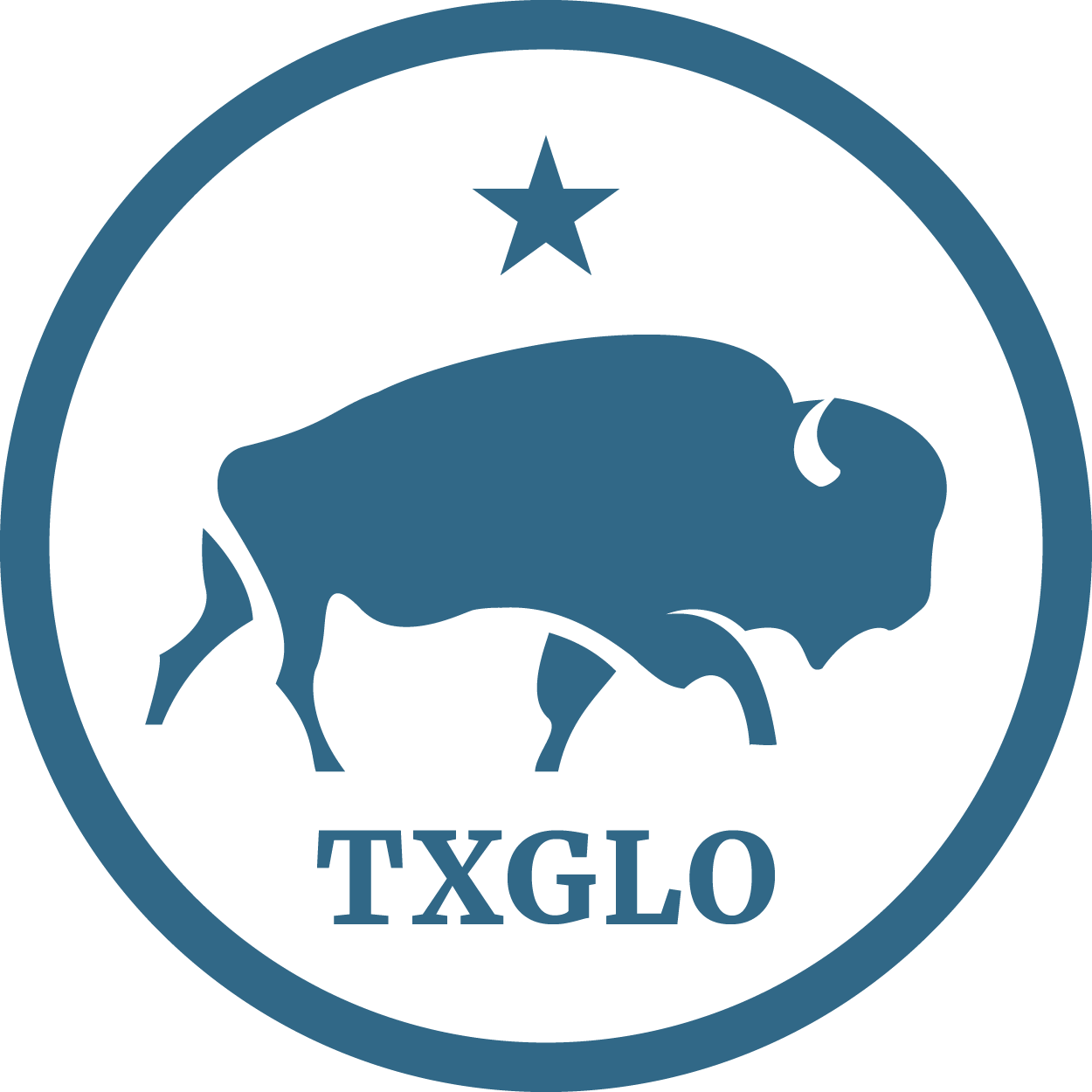Funds to improve roads, drainage and water infrastructure approved for San Augustine County, City of San Augustine
Today Texas Land Commissioner George P. Bush, Texas Senator Robert Nichols and County Judge Jeff Boyd announced the Texas General Land Office (GLO) approved more than $7.5 million in flood mitigation projects to improve roads, drainage and water infrastructure in San Augustine County and the city of San Augustine. These infrastructure projects will directly benefit thousands of residents in a majority low-to-moderate income (LMI) area that faced repetitive storm damage in 2015, 2016, and in 2017 with Hurricane Harvey.
“Across Texas, many of our communities are relying on drainage, sewer, electricity and water delivery systems that are severely outdated and potentially unable to serve their residents, especially during storms and hurricanes,” said Commissioner Bush. “Until now these communities simply have lacked the funds to make improvements, which is why the GLO is proud to announce funding today for vital mitigation projects that will benefit these communities with majority low-to moderate-income residents for generations.”
“San Augustine County has been in need of critical infrastructure upgrades for drainage and the public water system for many years,” said County Judge Jeff Boyd. “Some of our critical infrastructure, including portions vital to safe drinking water, was built in the 1970’s and is extremely vulnerable to damage from hurricanes, tornadoes, and floods. The $7.5 million in new funding from Commissioner George P. Bush and the GLO will help us build new facilities, improve drainage and elevate streets, ultimately reducing and even eliminating the risks of flooding and damage to homes, buildings and property.”
Texas Senator Robert Nichols offered his support from the Texas Capitol saying, "It's impossible to overstate how important these flood mitigation funds are to East and Southeast Texas. Senate District 3 saw severe flooding during the 2015 floods, the 2016 floods, and again during Hurricane Harvey in 2017. These flooding events showed just how vulnerable this area of the state is and how necessary mitigation efforts are. Senate District 3 won over $105 million in the competitive flood mitigation fund award process because the projects in our region are vital to protecting Texans from future flood events. I appreciate the professionalism of the GLO throughout this process and our local officials who worked so hard to make these projects a reality."
In May 2020, Commissioner George P. Bush announced the kick-off of the application process for the first round of more than $2.3 billion in Community Development Block Grant Mitigation (CDBG-MIT) funds from the U.S. Department of Housing and Urban Development (HUD) to protect Texas communities hit by Hurricane Harvey and severe flooding in 2015 and 2016. During the first round, the GLO conducted three competitive application programs from the CDBG-MIT Action Plan. Those programs include:
- 2015 Floods State Mitigation Competition – GLO awarded $31,426,781 to four grantees.
- 2016 Floods State Mitigation Competition – GLO awarded 21 grantees with $135,462,438.
- Hurricane Harvey State Mitigation Competition Round 1 ($1 billion of $2,144,776,720 total).
Applications closed for the first round of funding October 28, 2020, and the GLO evaluated all 290 submitted applications in accordance with the HUD approved scoring criteria. Eligible applications with the highest scores were awarded funds. The second round of the competition will award the remaining $1,144,776,720 in mitigation funding to Hurricane Harvey eligible entities.
HUD defines mitigation as activities that increase resilience to disasters and reduce or eliminate the long-term risk of loss of life, injury, damage to and loss of property, and suffering and hardship, by lessening the impact of future disasters. HUD requires that at least 50% of total funds must be used for activities benefiting low- to moderate-income (LMI) persons.
The State of Texas CDBG Mitigation Action Plan: Building Stronger for a Resilient Future outlines the use of funds, programs, eligible applicants, and eligibility criteria as required by HUD. The plan was sent to HUD on February 3, 2020, after an extraordinary public outreach effort including a 50-day public comment period and eight regional public hearings, far-surpassing HUD requirements. HUD approved the plan March 31, 2020. For more information, please visit recovery.texas.gov/mitigation.
San Augustine County: Countywide Roads and Drainage Improvements for Flood Mitigation - $4,100,000
LMI Percentage: 55.42%
Heavy rains from hurricanes, tropical storms, and tropical depressions impact San Augustine County. Of all the natural hazards that effect San Augustine County, floods are the most common and the costliest, these include flash floods, riverine floods, and groundwater flooding. Of all the types of floods listed, flash floods are the most common because of the many creeks, streams, and development patterns along them within the county.
Therefore, the county will improve drainage and elevate streets in flood prone areas providing a countywide benefit. These actions will reduce, and in some cases eliminate risks by diverting floodwaters away from residential streets, houses, buildings, and other infrastructure into natural drainage pathways.
These goals will be achieved by meeting the following objectives:
- Replace 3,020 linear feet (LF) of drainage culverts
- Road improvements of 193,025 square yards (SY)
- Improvement to ditch drainage systems of 29,725 SY
City of San Augustine: Public Water System Improvements Project - $3,472,500
LMI Percentage: 58.53%
The City of San Augustine public water system consists of critical infrastructure subject to damage from weather hazards such as hurricane, tornado, and floods. The water system critical infrastructure elements are the high service pump station, the transmission main, and the light plant booster station. All these facilities were constructed in the mid-1970s and are reaching a state where their continued operation is subject to damage from hazard exposures. Should any of these facilities be rendered inoperable due to hurricane, tornado, or flood, the citizens of San Augustine could find themselves without a source of potable water for a sustained duration.
The project scope will comprise the following activities so that these structures and mechanical systems can be hardened against future hazards:
- Construct new facilities for both the High Service Pump Station located south of the city near City Lake and the Light Plant Booster Pump Station located on the north side of the city. Activities at these facilities will include constructing new buildings, installing new pumps and piping, and other site improvements.
- Replace the transmission mains with new facilities(s).
- The “Highway 96 Pressure Zone” transmission main will be constructed along the westbound corridor of Planters Street into a newly acquired easement before turning southbound along South Broadway Street and terminating near Ayish Bayou, for a total of 4,865 linear feet.
The “Hospital Pressure Zone” transmission main will begin at the High Service Pump Station before heading northbound along South Liberty Street to Planters Street, then east along Planters Street turning north on South Milam Street and terminating at the intersection of East Main Street/State Highway 21 West, for a total of 8,690 linear feet.








